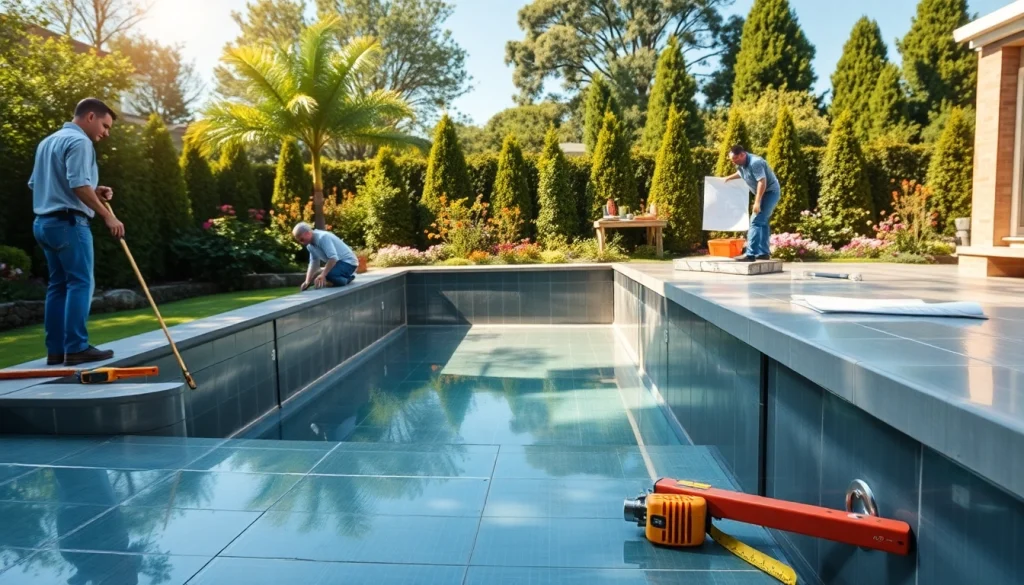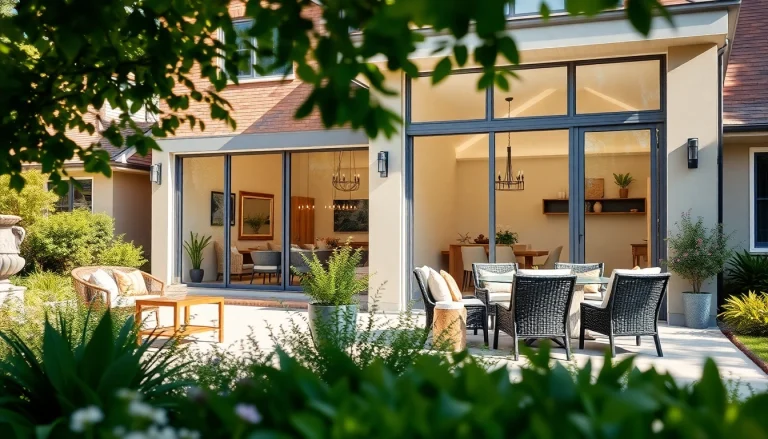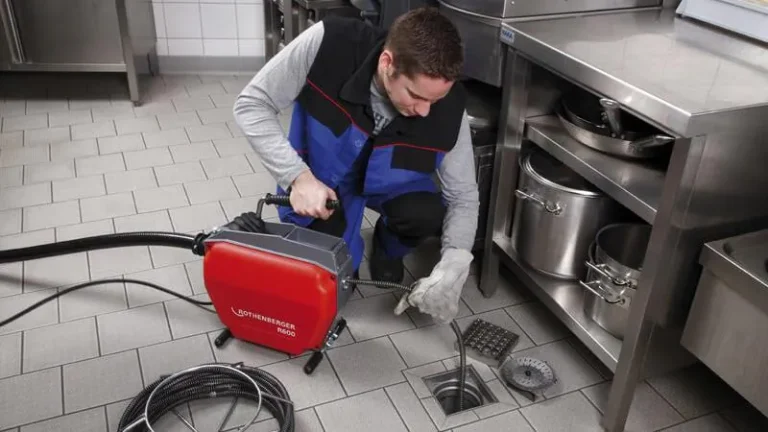
Understanding Swimming Pool Installation
When it comes to enhancing your backyard oasis, the installation of a swimming pool can be a transformative option. Not only does it provide a refreshing escape during the heat of summer, but it also adds value to your property and creates a beautiful outdoor space for family gatherings and social activities. Understanding the essentials of swimming pool installation is crucial for making informed decisions. This guide delves into the various facets of swimming pool installation, from types of pools to the importance of professional installation.
Overview of Different Pool Types
Before embarking on your swimming pool installation journey, it’s essential to familiarize yourself with the various types of pools available:
- Inground Pools: These are permanent structures that can be made from concrete, fiberglass, or vinyl. Inground pools often offer extensive customization options and last longer than their above-ground counterparts.
- Above Ground Pools: Generally more affordable and easier to install, these pools are a great option for families with budget constraints. They come in various sizes and shapes but are less durable than inground alternatives.
- Infinity Pools: A luxury option that creates a visual effect of water extending to the horizon, infinity pools require careful design and planning.
- Semi-Inground Pools: These are partially installed in the ground and can be a budget-friendly option while still providing an inground feel.
Benefits of Professional Installation
While DIY pool installation might seem appealing, the benefits of hiring professionals cannot be underestimated:
- Expertise: Professionals have the training and experience to navigate the complexities of pool design and installation, ensuring all safety protocols are followed.
- Time Savings: A team of experts can significantly speed up the installation process, allowing you to enjoy your pool sooner.
- Quality Assurance: Professional installers often provide warranties and guarantees, giving you peace of mind regarding the integrity of your pool.
- Compliance and Safety: They ensure compliance with local codes and regulations, minimizing risks associated with improper installation.
Key Considerations Before Installation
Before diving into the installation process, consider these crucial factors:
- Budget: Determine how much you’re willing to spend. This includes not only the pool itself but also ongoing maintenance costs.
- Space: Evaluate your backyard space to ensure you have adequate room for the desired pool type, along with safety perimeters.
- Design: Think about how the pool will fit into your existing landscape and meet your aesthetic preferences.
- Climate: Different regions may influence the type of pool materials you choose based on seasonal weather patterns.
Planning Your Swimming Pool Installation Project
Successful swimming pool installation begins with detailed planning. Follow these steps to set your project on the right path.
Choosing the Right Location
Location plays a pivotal role in the functionality and aesthetic appeal of your pool. Here are some tips for choosing the right spot:
- Sun Exposure: Position your pool where it receives maximum sunlight throughout the day to keep the water warm and inviting.
- Accessibility: Ensure easy access from your house, as well as sufficient room for poolside furniture and safety features.
- Privacy: Consider the views from neighbors or the street, especially if you prefer a more secluded swimming experience.
- Ground Conditions: Assess the type of soil and drainage in your yard; unstable ground may require additional preparation.
Permits and Regulations for Installation
Before any work begins, it’s vital to understand local laws regarding swimming pool installations:
- Building Permits: Most municipalities require a building permit for pool installation. Research local regulations and apply for the needed permits ahead of time.
- Safety Regulations: Familiarize yourself with safety codes, including fencing and pool covering requirements, to ensure compliance and liability protection.
- Utility Lines: Before you dig, consult with local utility companies to avoid damaging underground lines.
Estimating Your Budget for a Pool
Creating a comprehensive budget is a critical step in the planning process. Include the following costs:
- Installation Costs: Obtain quotes from multiple contractors to compare prices.
- Accessory Costs: Account for extra features such as lighting, decking, and landscaping.
- Maintenance Costs: Budget for ongoing costs like chemical treatments, cleaning, and repairs.
- Insurance: Check with your insurance provider to understand any changes in your premium due to pool installation.
The Installation Process Explained
The installation process can be complex, involving multiple stages. This section breaks down the essential steps.
Preparation and Groundwork Steps
The groundwork sets the foundation for your swimming pool. Follow these steps:
- Excavation: Contractors will excavate the designated area, removing dirt and rocks to create space for your pool.
- Base Preparation: Once the hole is dug, a solid base, often made from sand or gravel, is established to provide stability.
- Installing Pool Shell: For inground pools, the shell (either concrete, vinyl liner, or fiberglass) is installed according to the manufacturer’s guidelines.
- Plumbing and Electrical Work: Specialists will install necessary plumbing for filtration and heating systems, along with electrical wiring for lighting and pumps.
Installing Essential Pool Features
Once the groundwork is complete, it’s time to install vital components:
- Decking: Surrounding areas may be paved or decked, providing a safe space for poolside activities.
- Water Features: If desired, waterfalls, fountains, and jets can be installed for aesthetic appeal.
- Heating Systems: For year-round enjoyment, consider heating systems designed to maintain comfortable water temperatures.
- Safety Features: Fences and pool covers should be integrated during installation to enhance safety for children and pets.
Finalizing Pool Installation and Inspection
The final stage involves finishing touches and thorough inspection:
- Finishing Touches: Install any remaining structural elements and add decorative features such as lights and landscaping.
- Water Filling and Chemical Balancing: Fill the pool with water and balance the chemicals to ensure a safe swimming environment.
- Inspection: A final inspection may be necessary to ensure compliance with local codes and safety regulations.
Costs Associated with Swimming Pool Installation
The cost of swimming pool installation varies widely based on several factors. Understanding these costs will help you make informed decisions.
Average Costs by Pool Type
Here’s a general break down of the average installation costs for different pool types:
- Vinyl Pools: Typically range from $20,000 to $40,000. These pools are budget-friendly but may require liner replacements.
- Fiberglass Pools: Typically cost between $20,000 to $85,000, depending on size and features; they are known for their durability and low maintenance.
- Concrete Pools: Can vary between $35,000 and $120,000. Although higher in initial cost, they offer unparalleled design flexibility.
Factors That Influence Pool Installation Costs
Several factors influence the overall cost of installing a swimming pool:
- Site Conditions: Difficult access, rocky soil, or extensive landscaping requirements can drive up costs.
- Pool Size: Larger pools obviously require greater investment in materials and labor.
- Customization: Special features such as lighting, heating, and custom designs will affect the overall budget.
- Labor Costs: Geographic location and seasonal fluctuations can influence the price of labor in your area.
Financing Options for Pool Installation
Consider exploring different financing options if you need assistance with initial costs:
- Home Equity Loans: These allow you to borrow against your home’s equity to fund pool installation.
- Personal Loans: Unsecured loans can provide quick cash, though they may come with higher interest rates.
- Credit Cards: While not ideal for large expenses due to high-interest rates, they can be a temporary solution for smaller costs.
- Pool Contractor Financing: Many contractors offer payment plans or financing options tailored to your needs.
Maintaining Your New Swimming Pool
After the excitement of installation, ongoing maintenance is crucial to keep your pool in pristine condition.
Essential Maintenance Tips for Longevity
Regular maintenance can extend the life of your pool. Consider these tips:
- Weekly Cleaning: Skim debris, vacuum the pool, and scrub the walls to prevent algae growth.
- Chemical Balancing: Regularly test water chemistry and adjust as needed to maintain a safe swimming environment.
- Filtration System Maintenance: Clean filters regularly and replace them according to the manufacturer’s recommendations.
- Seasonal Preparations: Winterize your pool in colder months to protect it from freeze damage.
Seasonal Pool Care Considerations
Different seasons require unique considerations for pool care:
- Summer: Monitor chemical levels frequently due to increased usage and temperature, and ensure adequate circulation.
- Fall: Remove leaves and debris to prevent clogging filters and damaging pool equipment.
- Winter: If you live in a cold climate, ensure proper winterization with chemical treatments and pool covers.
- Spring: When reopening, conduct a thorough cleaning and chemical balance before use.
Hiring Professional Services for Maintenance
For many pool owners, hiring professionals for maintenance can be beneficial:
- Expertise: Professionals can identify potential issues early, saving you money in potential repairs.
- Time-Saving: Outsourcing regular maintenance frees up your time for enjoying your pool rather than maintaining it.
- Comprehensive Services: Many companies offer packages that include cleaning, chemical testing, and equipment checks.






